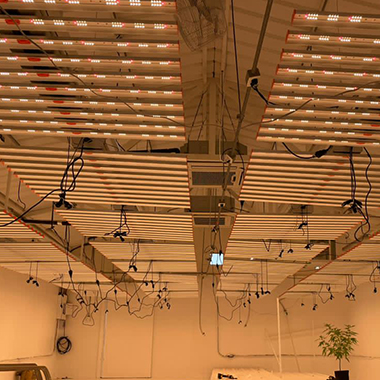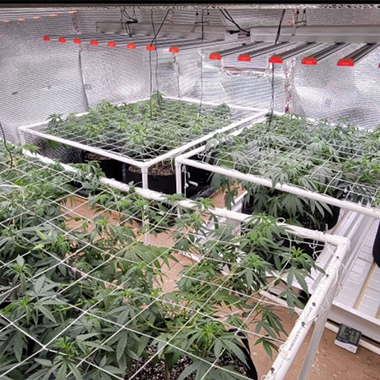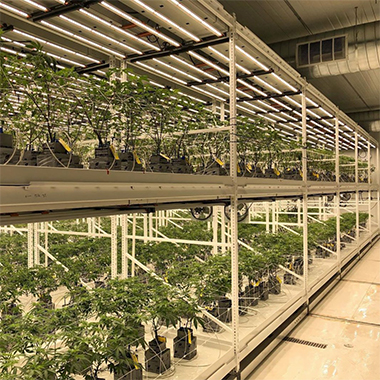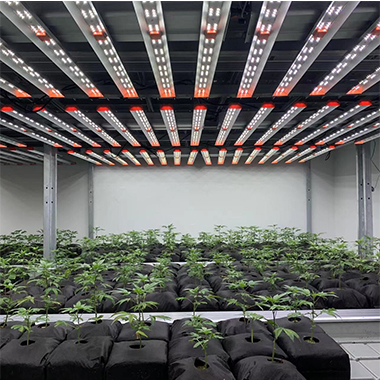
The ideal PPFD requirements for weed seedlings can vary depending on the growth stage and specific strain. However, here are some general guidelines for the recommended PPFD levels for weed seedlings:
★ Germination Stage:
During the initial germination stage, weed seedlings require lower PPFD levels to encourage root development and minimize the risk of light stress. PPFD levels in the range of 50 to 150 µmol/m²/s (micromoles per square meter per second) are typically sufficient for this stage.
★ Vegetative Stage:
As weed seedlings progress into the vegetative stage, their light requirements increase. Higher PPFD levels promote vigorous growth and the development of healthy foliage. The recommended PPFD range for the vegetative stage of weed seedlings is typically between 200 and 400 µmol/m²/s.
★ Light Acclimation:
It's important to gradually increase the PPFD levels as seedlings transition from lower light conditions to higher intensities. This allows the plants to acclimate to the increased light and minimizes the risk of light stress. Gradual adjustments over a period of days or weeks help prevent potential damage to the seedlings.
★ Strain-Specific Considerations:
Different cannabis strains may have varying light intensity preferences. Some strains may thrive with higher PPFD levels, while others may exhibit optimal growth at lower intensities. If available, strain-specific recommendations from breeders or cultivation resources can provide valuable opinions on the ideal PPFD range for specific strains.
It's worth noting that these are general guidelines, and it's important to monitor the seedlings' response to the light levels provided. Close observation of plant health, growth rate, and signs of light stress (such as leaf bleaching or stunted growth) can help determine if the PPFD levels need adjustment. Additionally, factors like environmental conditions, such as temperature, humidity, and CO2 levels, can also influence the ideal PPFD range for weed seedlings.
To ensure accurate and consistent PPFD measurements, it's recommended to use a quantum light meter or rely on manufacturer-provided data for the LED grow lights being used. SunPlus LED grow lights manufacturer can provide valuable assistance in this regard by offering comprehensive information on the PPFD output of their lighting products. SunPlus can provide detailed specifications and data sheets that specify the PPFD values at various heights and distances from the light source. This information helps growers make informed decisions regarding light placement and spacing to optimize PPFD levels for healthy seedling growth. Additionally, if the SunPlus LED grow lights offer dimming capabilities, the manufacturer can provide guidance on utilizing this feature to adjust light intensity and further fine-tune the PPFD to meet the specific requirements of weed seedlings.
By leveraging the expertise and support from SunPlus LED grow lights manufacturer, growers can ensure that their PPFD measurements and lighting setup are optimized for successful cultivation.
 What Kind of LED Grow Lights Do Professional Growers Use?
What Kind of LED Grow Lights Do Professional Growers Use?
 Unveiling the Hidden Potential: Novel Aspects of LED Grow Lights for Indoor Plants
Unveiling the Hidden Potential: Novel Aspects of LED Grow Lights for Indoor Plants
 From Seedlings to Success: Buyer's Guide to LED Grow Lights
From Seedlings to Success: Buyer's Guide to LED Grow Lights
 Does LED Grow Lights Really Work?
Does LED Grow Lights Really Work?